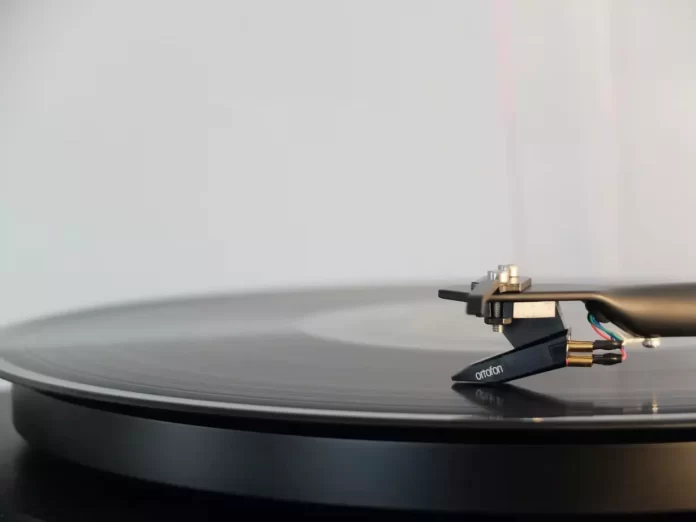Quite often in popular technical radio literature, as well as in the description of electronic circuits, the unit of measure decibels (dB) is used. However, not everyone fully understands what this means.
What does decibel mean
When studying electronics, the beginner radio amateur is used to absolute units such as Ampere (current), Volt (voltage and EMF), Ohm (electrical resistance), and many others, which are used to quantify a particular electrical parameter (capacitance, inductance, frequency).
A novice radio amateur is usually not very difficult to figure out what an ampere or a volt is. It’s clear, that there’s an electrical parameter or quantity to be measured. There’s an initial level of reference, which is the default in the wording of this unit of measurement. There’s a convention for that parameter or quantity (A, V). Indeed, as soon as you read the inscription 12 V, you understand that it refers to a voltage similar to, for example, the voltage of a car battery.
However, as soon as it says, for example, that the voltage has increased by 3 dB or the signal power is 10 dBm, many people are perplexed.
Well, here’s what you should know about decibels.
What is decibel
It’s worth clarifying right away that Bels and decibels aren’t units of measurement of anything. They aren’t the result of measurements. A decibel is a value that shows how much/by how many times a particular parameter has changed. In other words, a Bel or decibel is a relative value that is calculated by comparing two measurements of the same parameter.
Now, actually, about Bel and Decibels. In terms of definitions, Bel is the decimal logarithm of the ratio of two quantities. Any two quantities. Power, voltage, sound power, frequency, etc. Let’s use an example. You need to understand what the device outputs when you change the input parameters. You choose some reference point – the base. Then they change the parameter, measure the result, divide it by the “base” and take the decimal logarithm. You get the result in decibels. So you measure the parameters, recalculate them in decibels and build dependencies.
What is a sound volume
All sound is a wave that propagates in an elastic medium such as air. Waves are created by oscillating bodies and propagating from them in all directions, carrying mechanical energy. It’s this energy that causes the eardrum of our ear or the diaphragm of a microphone to vibrate.
A noise meter is first and foremost a microphone. The greater the energy carried by the wave, the greater the amplitude of the vibration of the microphone membrane, and the greater the electric current that flows from that microphone through the wires. You can measure this current and use it to find out what the energy of the sound wave was that caused the membrane to oscillate.
If energy is too abstract for you, let’s take a different approach. Instead of one person in the room talking at the same volume, let ten people talk at the same time. It’s natural to assume that this will make the noise in the room ten times louder. And a physicist will tell you that ten people talking at the same time, compared to one person, creates ten times more sound energy.
What is the definition of decibel
One signal is said to be 10 decibels stronger (“louder”) than the other when the energy of the first signal exceeds the energy of the second signal by 10 times. The most important thing about this definition is that it connects two different arithmetic operations – addition and multiplication.
Let’s find how many times the energy of the two signals will be different when one of them is 30 dB louder than the other. The first signal will be 10 dB louder than the second, plus another 10 dB, plus another 10 dB. Let’s apply the definition and realize that the energy of the first signal will be 10 times the energy of the second signal, then 10 times more, and then 10 times more. However, to increase something 10 times three times in a row is to increase it 10 × 10 × 10 = 1000 times.
What does the 0 dB mean
It’s not the absence of sound in the physical sense-it’s the level of sound at which the human ear ceases to hear anything. Sound in the physical sense, like air vibrations, is still there, but we can no longer hear it because it’s too weak for humans. If you make that sound 10 times louder, it will be 10 dB, 10 times louder again, 20 dB, and so on. Note also that the volume of a sound on the decibel scale can be negative – you just won’t hear such sounds, although some more sensitive ear or physical instrument will still be able to detect them.
If the sound level at a loud disco is 100 dB, that means it’s 10,000,000,000 times (ten zeros) louder than the quietest sound you can hear. Approximate values for different volume levels are shown in this table. It’s interesting to notice that psychologically people perceive decibels rather than sound energy: a loud and a quiet conversation differs by 30 dB, but nobody will feel that the conversation is 1000 times louder.




